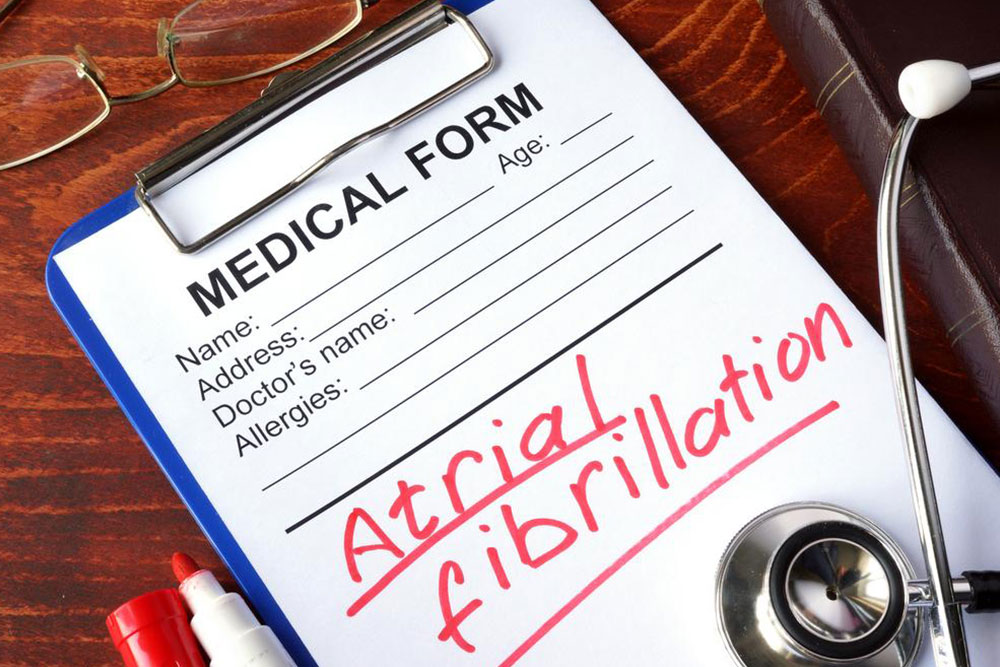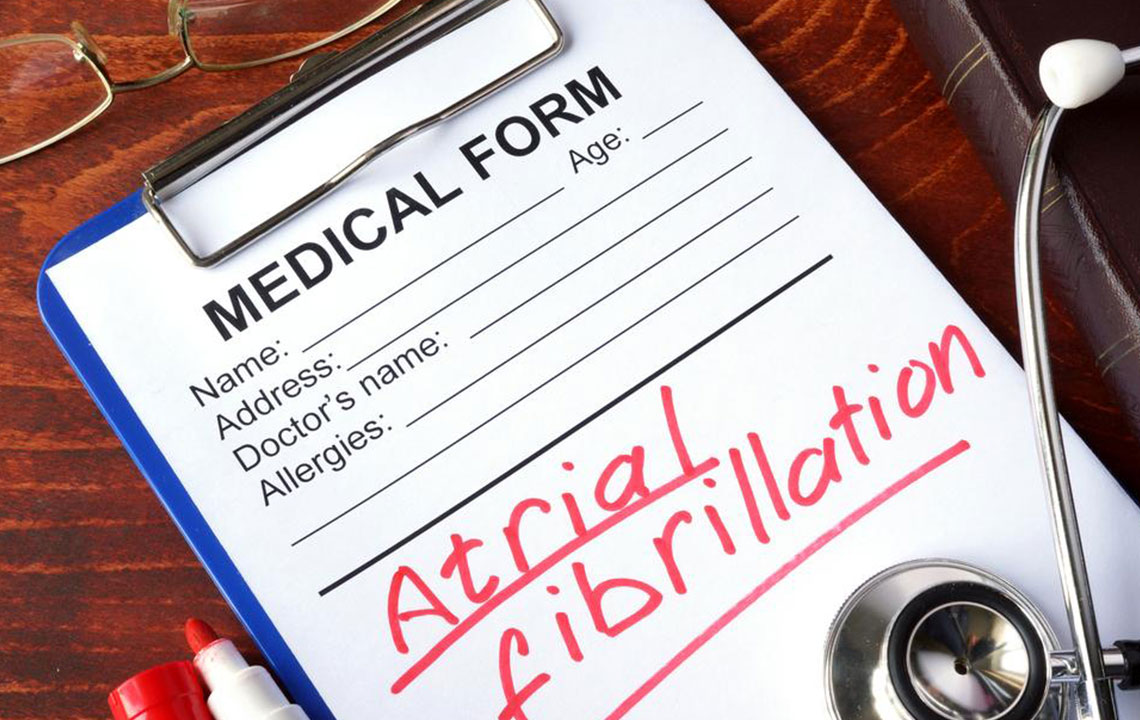A Comprehensive Guide to Managing Atrial Fibrillation
Learn all about atrial fibrillation, a common heart rhythm disorder. Discover its causes, symptoms, diagnostic methods, and treatment options. Get tips on prevention and managing this condition effectively to reduce risks and improve quality of life.

Understanding Atrial Fibrillation: Causes, Symptoms, and Management
Atrial fibrillation (AFib) is a common heart rhythm disorder marked by irregular and rapid heartbeats. Normally, the heart's chambers beat in sync, but AFib disrupts this rhythm, requiring treatments aimed at restoring normal heartbeat. These interventions include medications or procedures, from minimally invasive methods to open-heart surgeries.
Primary Causes of AFib
Genetic predisposition can increase risk.
Valve-related heart diseases may cause irregular rhythm.
High blood pressure is a significant contributing factor.
Infections, thyroid issues, and metabolic conditions can also lead to AFib.
Factors Increasing Risk
Respiratory problems such as COPD and sleep apnea raise susceptibility.
Conditions like diabetes and obesity are linked to higher risk.
Pre-existing heart conditions, including heart failure and coronary artery disease, are common underlying causes.
People over 60 are more prone to develop AFib.
Signs and Symptoms
Irregular heartbeat often causes palpitations or discomfort.
Fatigue and weakness are prevalent symptoms.
Dizziness, lightheadedness, and brief confusion may occur.
Shortness of breath, chest discomfort, and sweating are also typical.
Diagnostic Approaches
Medical history review and physical exam are initial steps.
Symptom monitoring provides valuable clues.
An ECG is essential for diagnosis.
Additional tests include echocardiograms, chest imaging, and stress tests.
Blood tests can help identify thyroid or metabolic contributors.
Common Treatment Methods
The primary goal is to restore a normal rhythm.
Electrical cardioversion resets heartbeats using shocks.
Catheter ablation eliminates abnormal tissue causing arrhythmia.
Surgical maze procedures create scar tissue to guide electrical signals properly.
AV node ablation modifies electrical pathways to control rhythm.
Medications for AFib
Blood thinners reduce stroke risk by preventing clot formation.
Antiarrhythmic drugs help restore normal heart rhythm.
Heart rate control medications manage irregular beats.
Preventive Measures
Regular exercise supports heart health and weight management.
A heart-healthy diet low in saturated fats, salt, and cholesterol is recommended.
Avoid smoking, excess alcohol, and caffeine.
Controlling blood pressure and cholesterol levels is essential for prevention.


